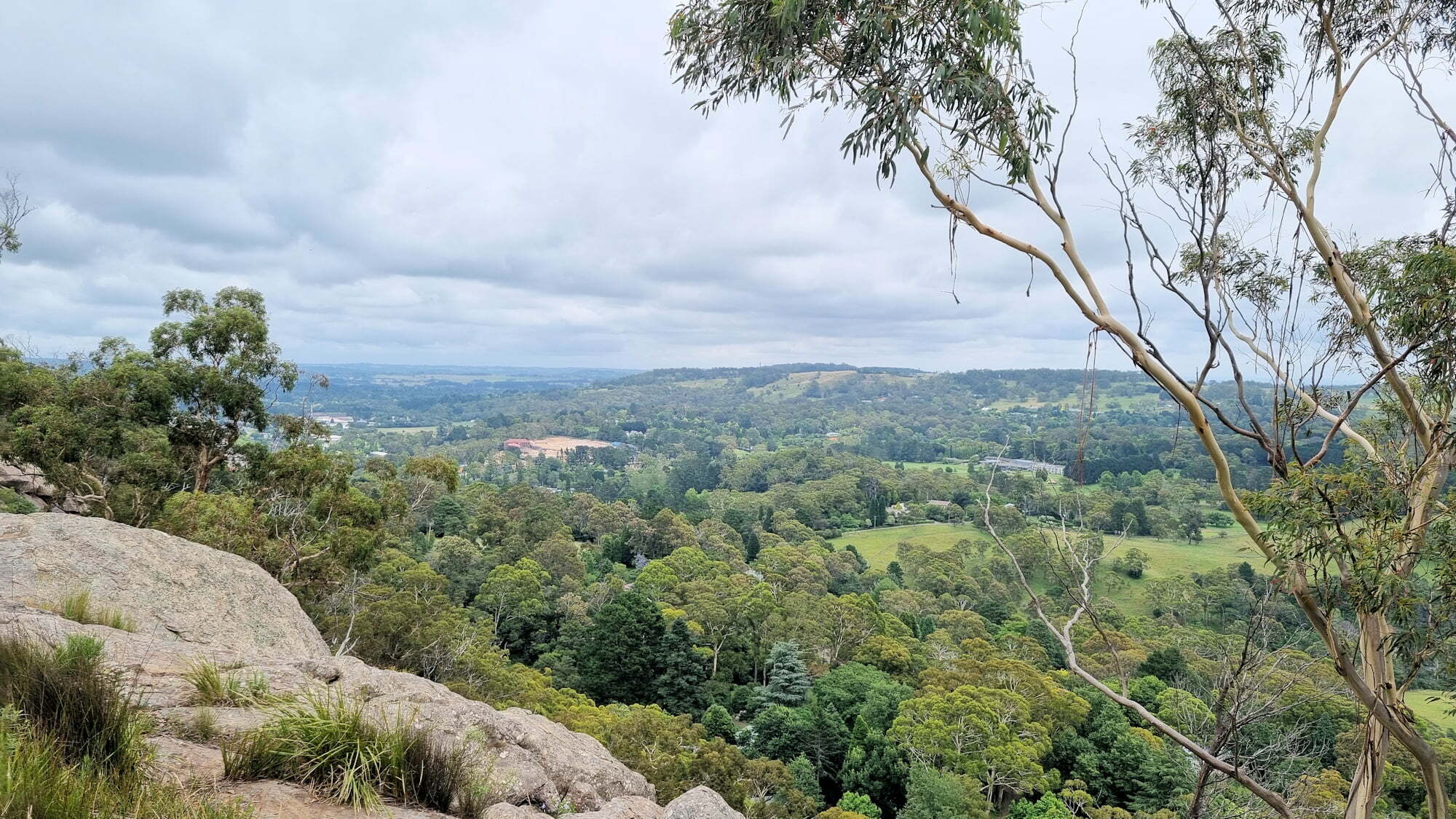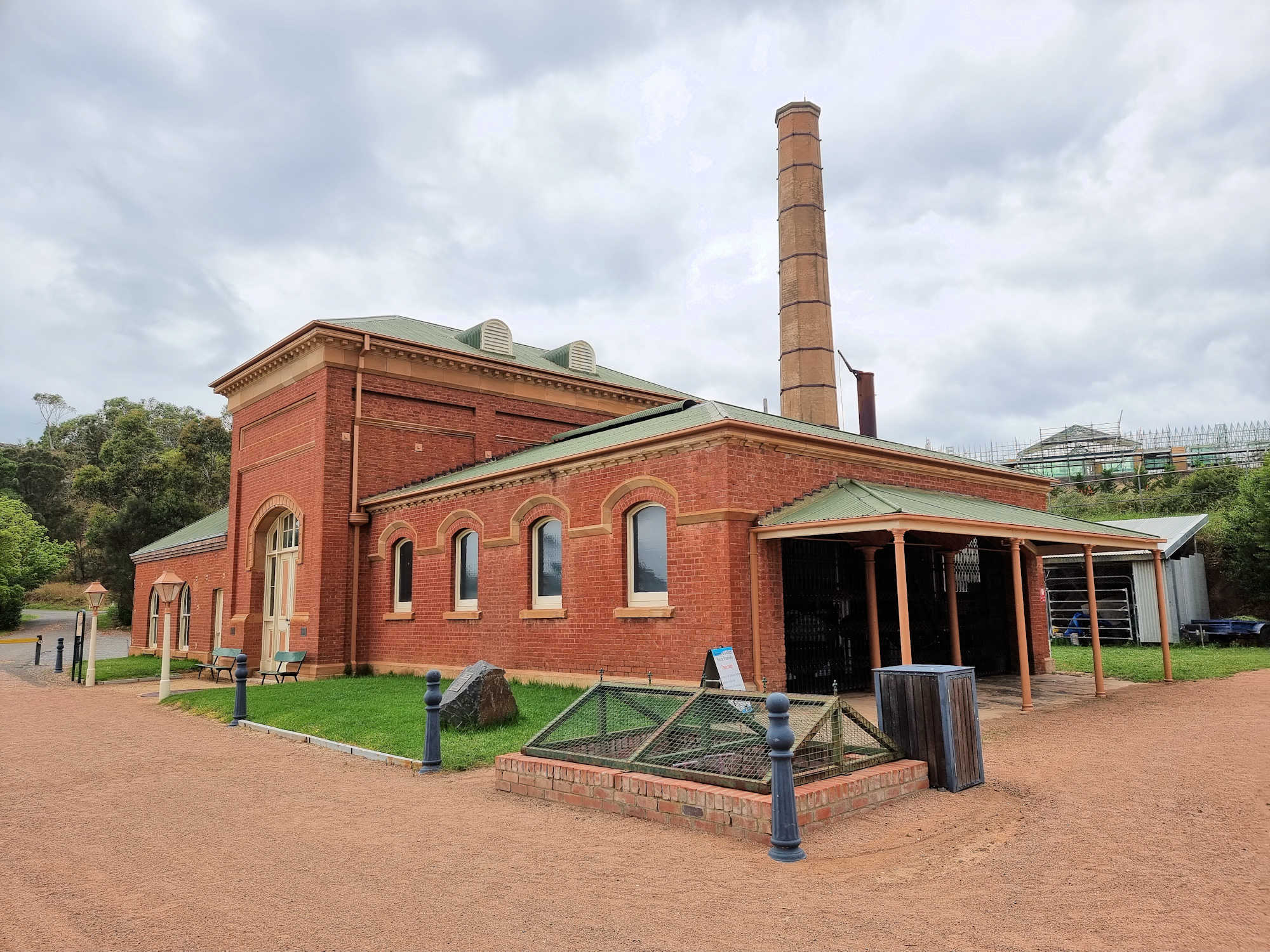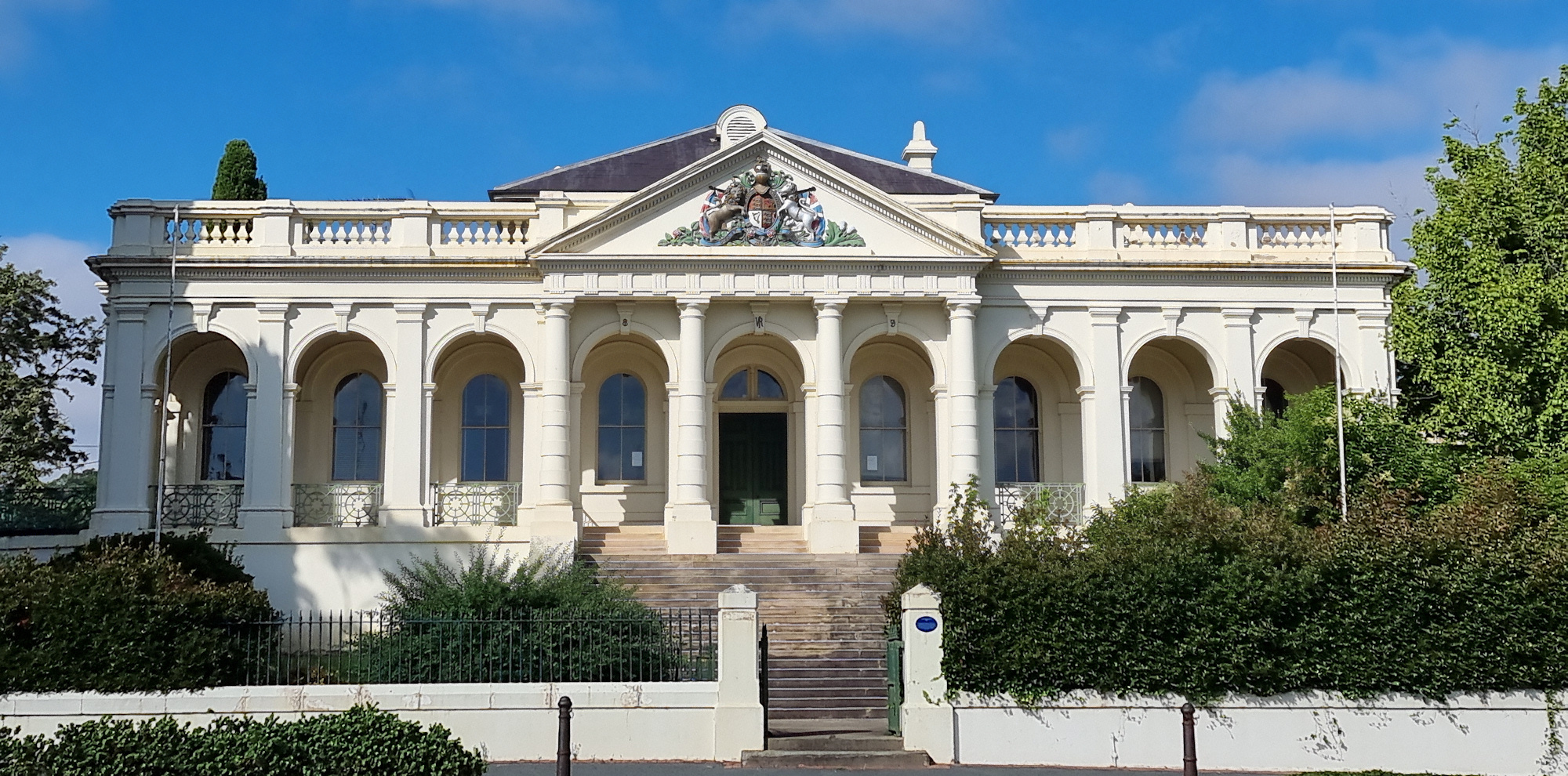Category: New South Wales
-
Mount Gibraltar Lookouts Mittagong

Mount Gibraltar Lookouts Mittagong Driving from Mittagong to the Mount Gibraltar Lookouts takes you past some spectacular houses, although if you’re driving you may not see much of them. This is because the road is narrow and windy, so you need to pay attention to the road. At the top of the hill, one of… Read more
-
Goulburn Waterworks

Goulburn Waterworks Located at Marsden Weir on the Wollondilly River, Goulburn Waterworks is another great attraction to visit in Goulburn. One of four pump-houses built at the same time, the Goulburn Waterworks is the only one with its original pumps. Unfortunately, the other three were sold for scrap Intending to simply walk around the beautiful… Read more
-
Yass New South Wales

Yass New South Wales An hour’s drive north of Canberra, or west from Goulburn, Yass is an historic New South Wales Town. We were passing through on a drive from Canberra to Orange so stopped to have a quick look around. Being early morning, parking was easy, and we found a spot outside the Banjo… Read more